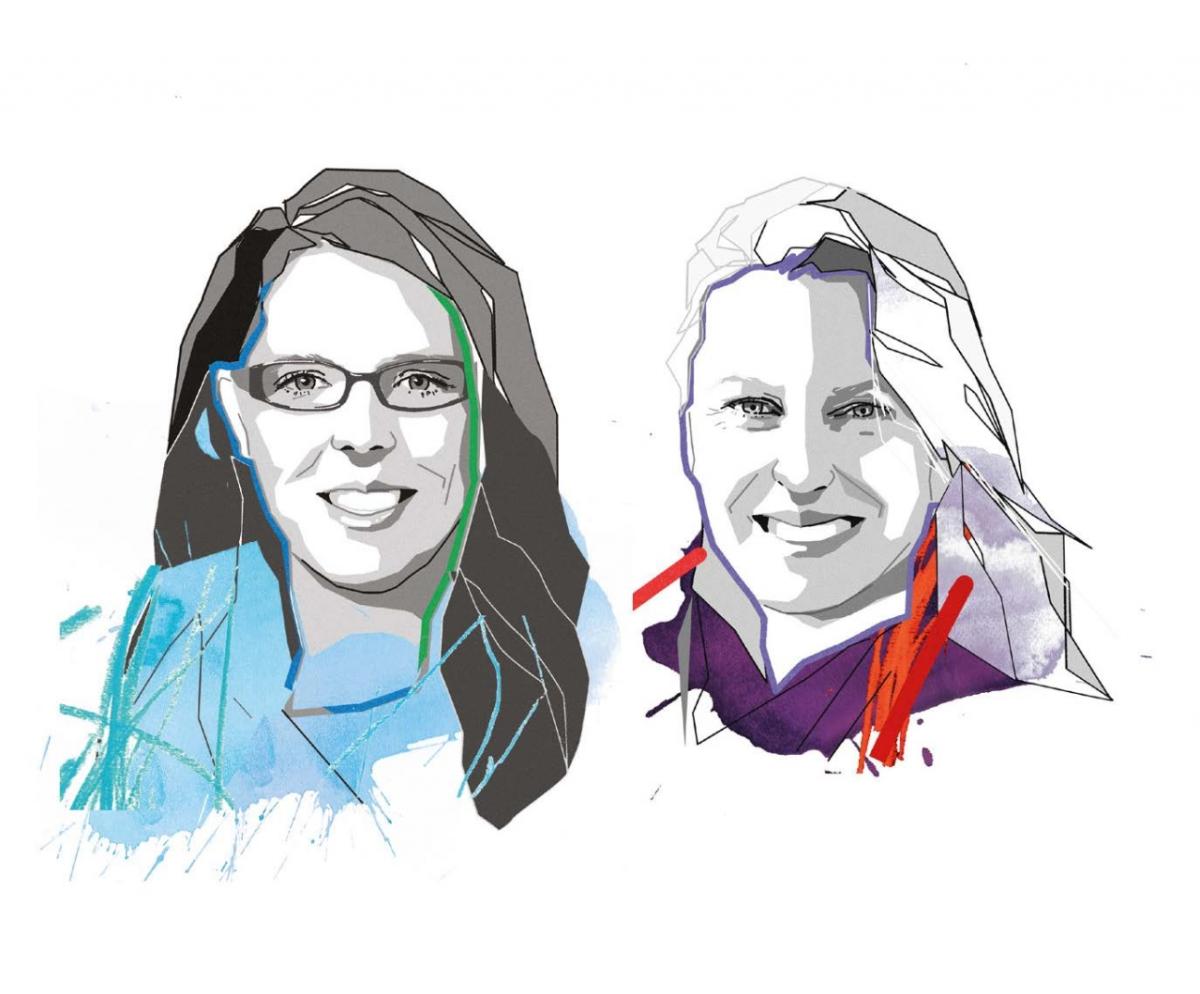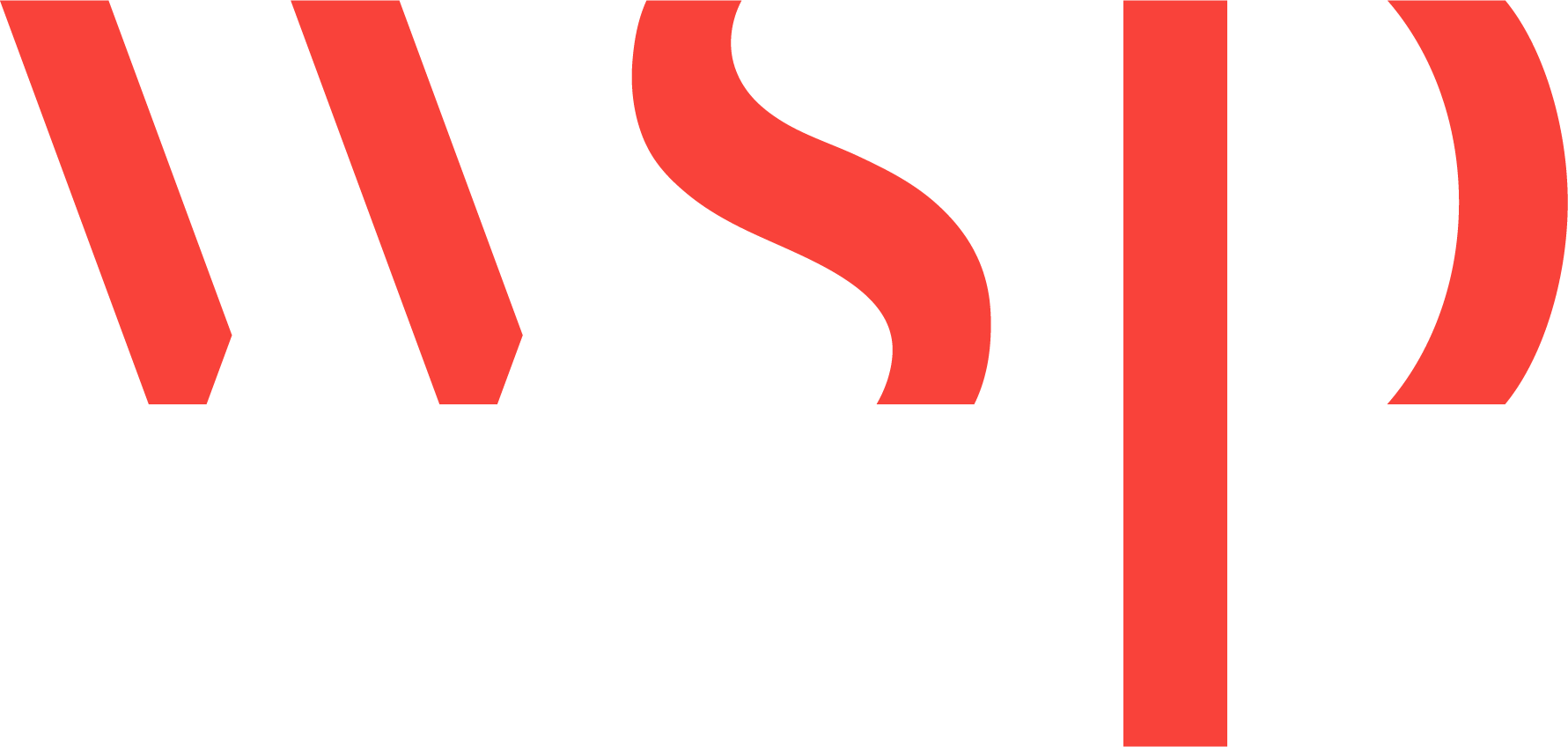The First Domino: What Business Can Learn From Wellbeing

Last year, on a virtual site visit to a data centre in Ireland, we were running through all the usual questions to assess its adaptive capacity and resilience. “Do you have redundancy in your systems”, “Do you have redundancy in your energy and water supply”, “Do you have shelter in place procedures?” Towards the end, we broke from the script and threw in: “Do you have a garden or nature nearby that you can walk to?” The response floored us. It turned out that they did: a lovely garden with flowers. They were supposed to be getting bees, but they couldn’t because of COVID, so they were looking forward to getting them next year instead. The data centre engineers just lit up talking about their garden and on-site gym, and the health and wellness benefits that these spaces bring them.
Asking about the garden may have been an afterthought, but it shouldn’t have been. When it comes to the resilience of a facility or an organization, people are vital links in the chain. Companies cannot function effectively if their employees are burned out. Even if your business is technology, it will not survive unless you proactively invest in people, because they are the ones who operate facilities, monitor early warning systems and lead the organization’s direction. Natural light, plants or outdoor space have historically been seen as “woo-woo” or frivolous but there’s a good reason for them — these are simple things that can really make a difference to someone’s day and help them to keep going.
It’s interesting to talk about personal and organizational resilience in parallel, because truly resilient leadership must encompass both, and many of the strategies can be applied in both arenas. Resilience is a term that is being used a lot more these days, often in the sense of responding to or recovering from acute shocks. But crisis management is just one of the tools in a resilience framework. For individuals, if that’s all you’ve got, life can feel very chaotic. And if you never break the constant cycle of stress, burnout can happen very easily. It is the same for organizations: there will always be crises, and we must be ready for them, but that doesn’t mean we always have to be in crisis response mode.
Making connections with people and being part of a community is another aspect of personal wellness and self-care that can be applied to business. When disaster strikes in life, your neighbour is going to be the person who helps you — if you don’t have that connection, then a crucial part is missing. In the same way, a company needs its host communities to be resilient and sustainable, for example, to ensure that it has redundant power and can be confident of operational continuity. It needs to know it can rely on these communities to provide safe drinking water for its employees, and get them to work.
Both individual and organizational resilience have a variety of components. A person might consider their resilience in terms of relationships, internal beliefs, initiative or self-control — these are the categories in a quiz that we developed with the American Society of Adaptation Professionals. For a business, it encompasses the enterprise level, the physical infrastructure, and factors such as financial strength, employee health, and supply and value chain agility. If any one of those is not solid, there can be a cascading domino effect.
One way to think about resilience is to ask: what’s the first domino that falls and causes the rest to tumble? We got this idea from Kendra Adachi, author of The Lazy Genius Way, who uses it in relation to life skills. To take one everyday example: if you’ve had a stressful day, week or year, the simple question of “what’s for dinner” can quickly become fraught with indecision and hunger. If this sets your mood for the evening, you’re unlikely to get the rest you need to be ready for the next day. The domino chain is set in motion.
Decision fatigue can be chronic within organizations too, and it’s a potential domino for business leaders. You can avoid it by surrounding yourself with people who can take on some of that burden, and by having set processes, so that you don’t have to think about the right way to make a decision or approach a risk.
But it’s also important to recognize when the systems you do have are broken. For example, on diversity within organizations, the first domino is hiring. The problem today is that many hiring systems were developed decades ago and optimized to take a particular approach, without taking into consideration other factors that are very important now. Rather than individual leaders across a business constantly thinking about how they can hire more diverse candidates — and all doing it a different way with varying levels of success — it would make more sense to develop a better and more equitable system for hiring in the first place.
Of course, if you want good people to stick around and to thrive, you have to invest in them. You have to empower them to take care of themselves by providing the tools for personal resilience, and normalizing their use. Some of this is just about using existing resources more wisely or making them more available, but in a world that — at times — can feel incredibly uncertain, a little investment will bring a significant return. The wellness of people is essential to the wellness of businesses: organizational resilience is simply self-care writ large.
Kealy Herman is senior project director for sustainability, energy and climate change at WSP in Denver; Emily Wasley is WSP’s US practice leader for corporate climate risk, adaptation and resilience, and board leader of the American Society of Adaptation Professionals

